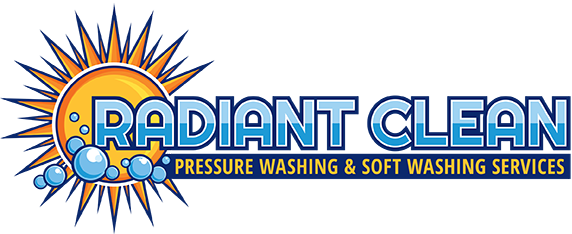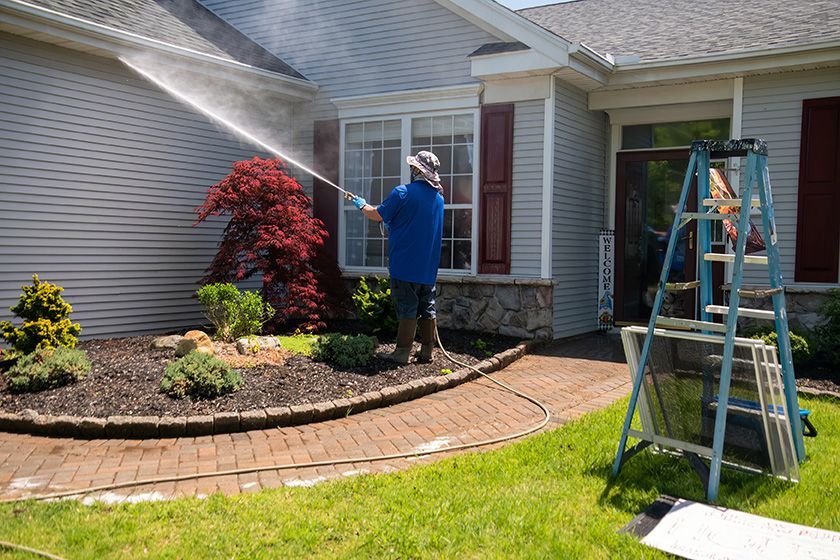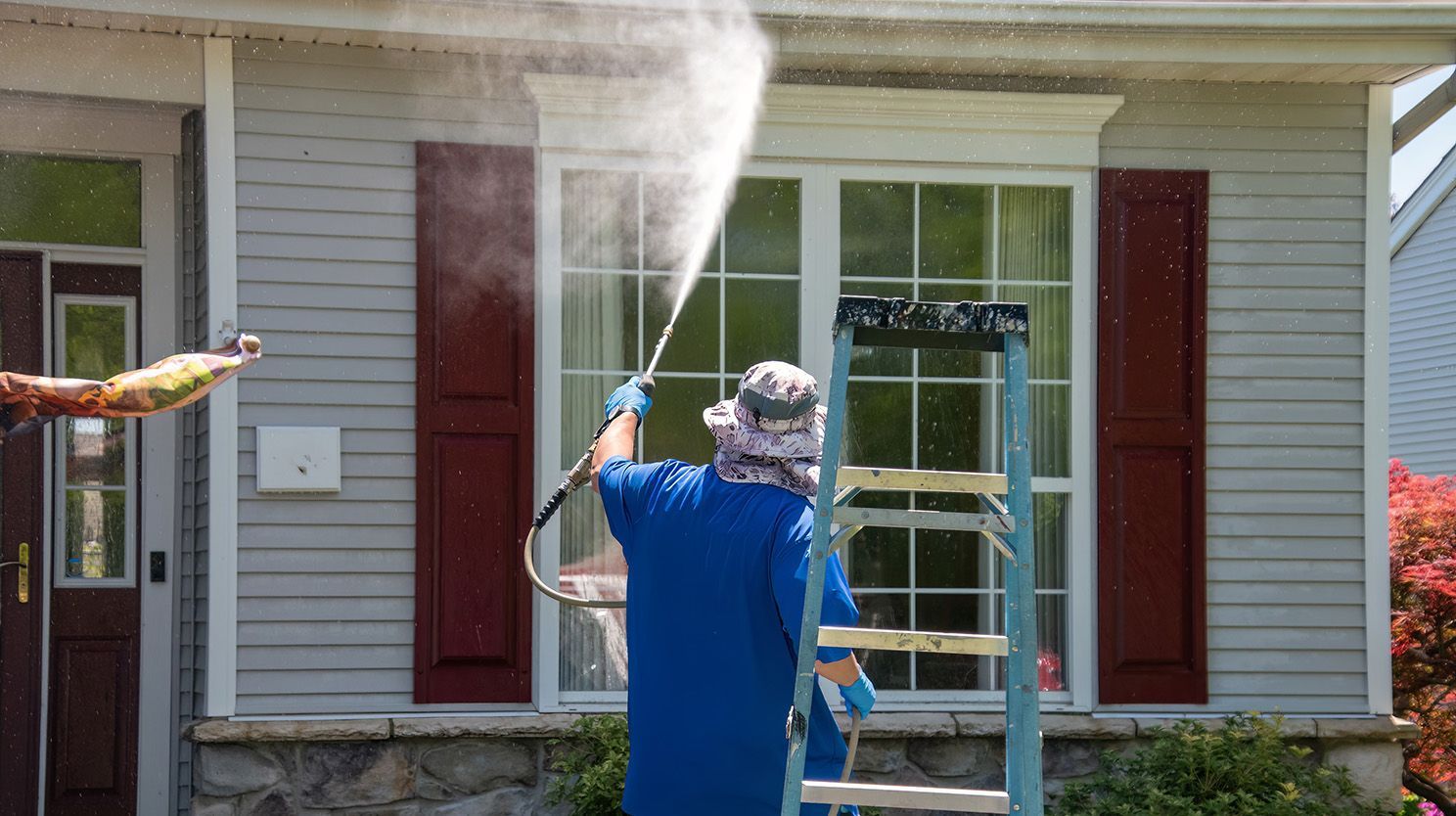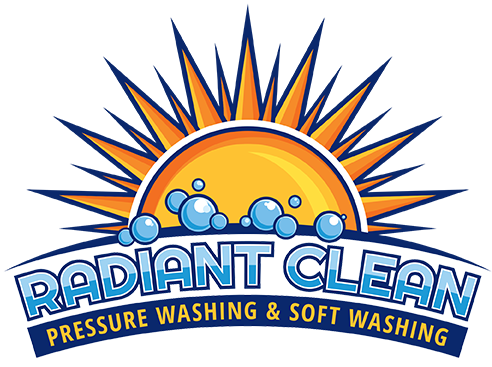Using Sodium Hypochlorite in Soft Washing Roofs
Washing roofs without pressure
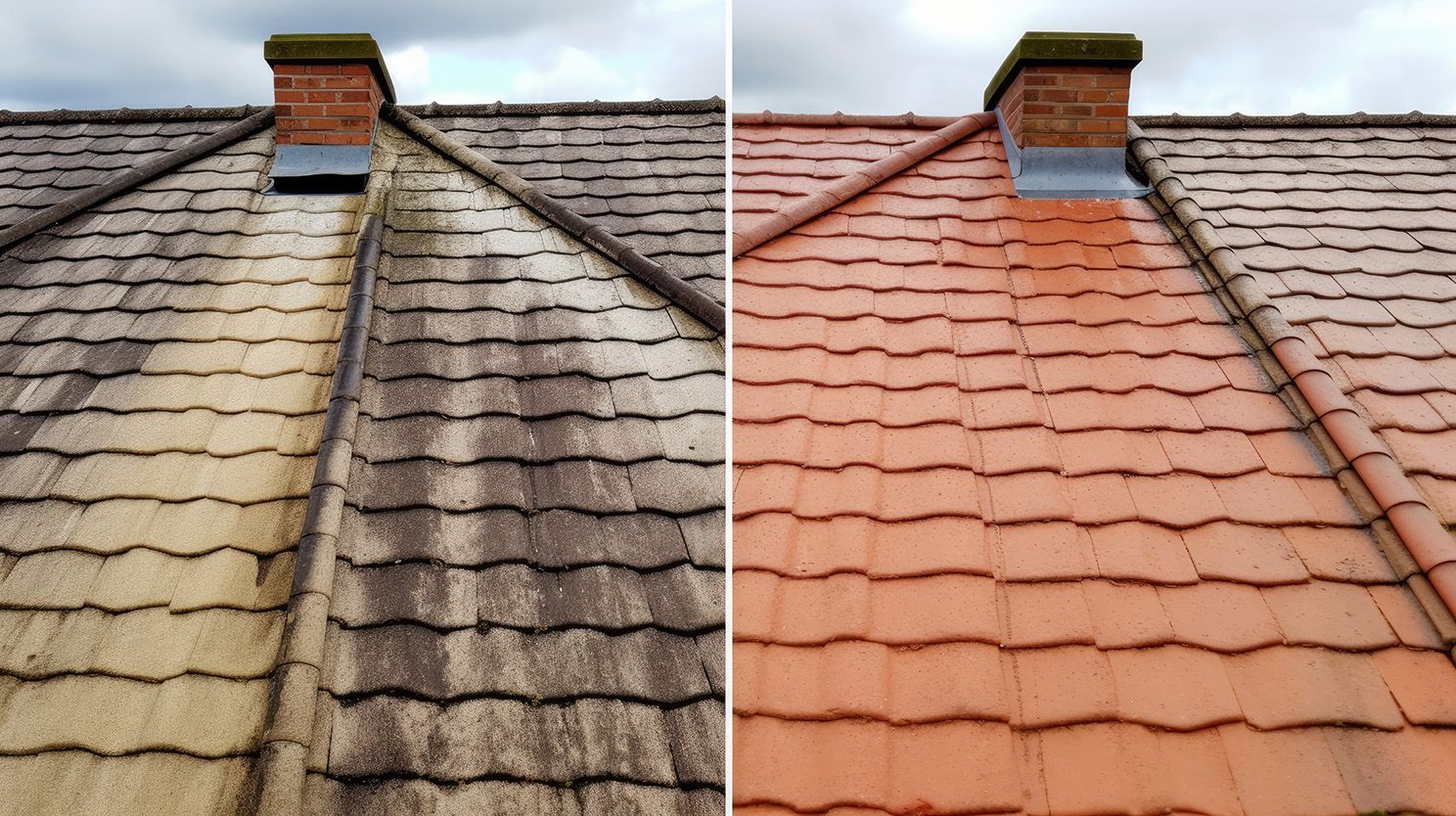
Your roof is one of the most critical components of your home, protecting you from the elements year-round. However, over time, you may start to notice black streaks or greenish growth appearing on your shingles. Many homeowners assume this is just dirt or aging, but in reality, it’s caused by organic material like algae, mold, mildew, and lichen. If left untreated, these growths can reduce your roof’s lifespan and even lead to costly repairs.
That’s where roof soft washing comes in. Unlike traditional pressure washing, soft washing uses a gentle application of specialized cleaning solutions — most notably sodium hypochlorite (SH) — to effectively remove these organic materials without causing damage to your roof.
Let’s take a closer look at how sodium hypochlorite plays a crucial role in soft washing, why it’s the best choice for roof cleaning, and why regular maintenance is key to protecting your home’s most important structure.

Understanding the Black Stains on Your Roof
The unsightly black streaks that appear on many roofs are primarily caused by Gloeocapsa magma, a type of blue-green algae. This airborne algae thrives in humid environments, making it a particularly common issue in places like Florida, where warm and moist conditions create the perfect breeding ground.
While black algae stains may seem purely cosmetic, they can actually do long-term damage to your roof. Here’s how:
- Algae retain moisture, which weakens shingles over time and makes them more susceptible to cracking or lifting.
- Dark stains absorb more heat, causing your roof to reach higher temperatures and reducing its energy efficiency.
- Algae can spread, leading to the growth of moss and lichen, which embed their root structures into shingles and accelerate deterioration.
Fortunately, sodium hypochlorite is highly effective in eliminating this problem at its source.
How Sodium Hypochlorite (SH) Works in Soft Washing is Sodium Hypochlorite?
Sodium hypochlorite (often referred to as bleach) is a chemical compound with strong disinfecting and cleaning properties. It is commonly used in pools, municipal water treatment, household cleaning, and medical sanitization.
When used in soft washing, SH serves as a powerful biocide that kills algae, mold, mildew, and lichen on contact. It penetrates these organisms at the cellular level, breaking them down and preventing regrowth for an extended period.
Why SH is Perfect for Roof Cleaning
- Kills Organic Growth – SH destroys algae, moss, and lichen at their roots, preventing them from returning quickly.
- Prevents Structural Damage – By eliminating organisms that trap moisture, SH helps preserve the integrity of your shingles.
- Brightens and Restores Appearance – SH effectively removes dark stains, making your roof look new again.
- Long-Lasting Protection – Unlike high-pressure washing that only removes surface debris, SH provides a deeper clean that lasts much longer.
Adjusting SH Concentration for Different Roofs
A key aspect of soft washing is using the correct sodium hypochlorite concentration for different roofing materials. Using too strong of a solution can cause damage, while too weak of a mix may not effectively eliminate all organic growth.
Professional soft washers adjust SH concentrations based on:
- The severity of growth – More extensive algae or moss buildup may require a stronger SH mix.
- Roof material – Asphalt shingles require a different concentration than tile or metal roofing.
- Environmental conditions – Warmer, humid areas often require slightly stronger solutions to combat aggressive organic growth.
Typically, SH solutions for soft washing range between 3% to 6% concentration, mixed with surfactants and water to ensure even coverage and prevent runoff. The surfactant helps the solution cling to the roof surface longer, allowing SH to work more effectively in breaking down organic material.
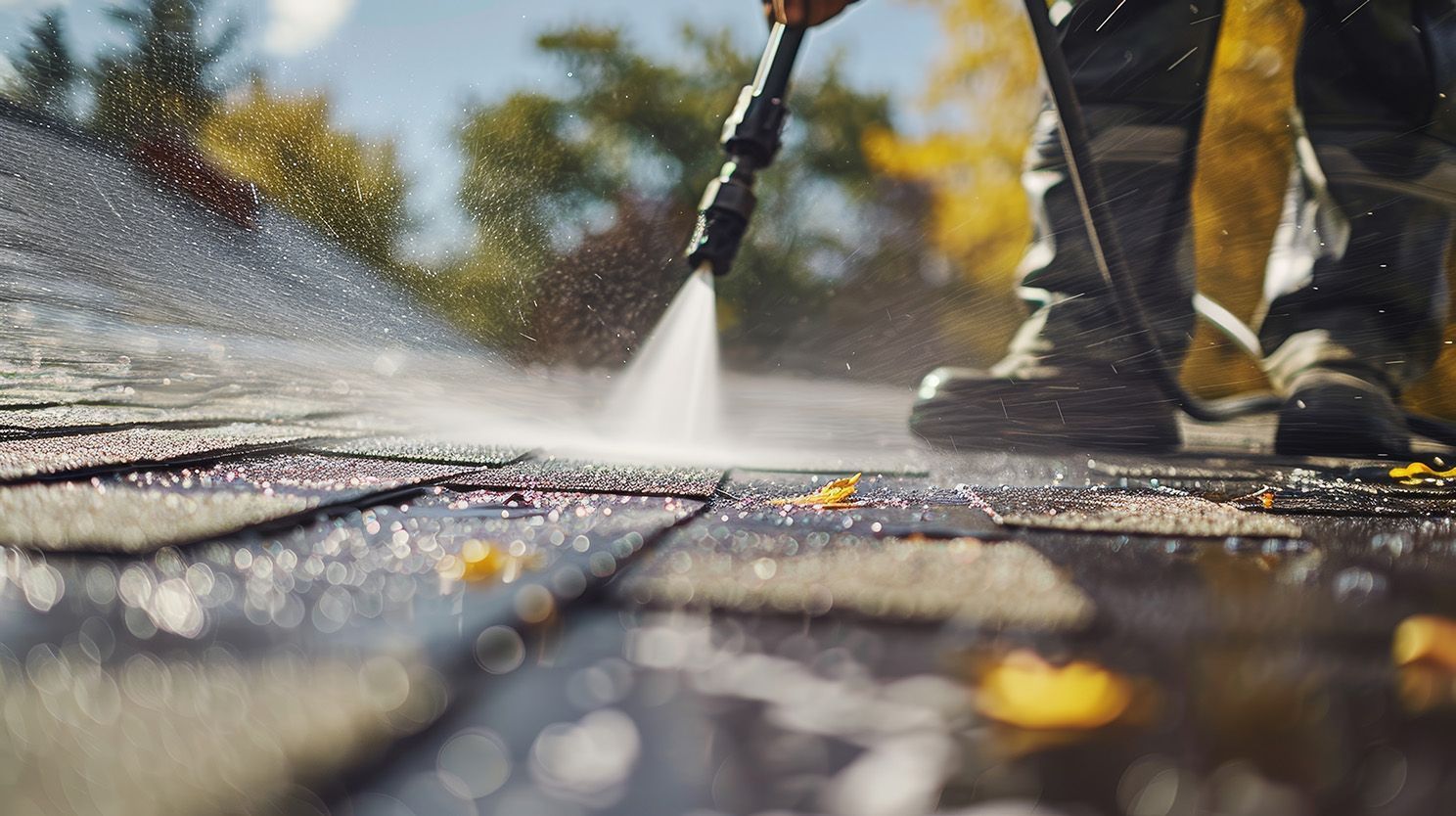
Why High-Pressure Washing is a Big No-No for Roofs
Some homeowners may assume that using a high-pressure washer is the quickest way to clean their roof, but this is a major mistake that can lead to significant damage.
The Dangers of High-Pressure Roof Cleaning
- Granule Loss – Asphalt shingles have a protective granule layer that shields them from UV rays and harsh weather. High pressure can strip away these granules, drastically reducing the roof’s lifespan.
- Water Intrusion – Pressure washing forces water under shingles, leading to leaks and potential mold growth inside your home.
- Physical Damage – Older or already-damaged roofs can suffer cracking or lifting of shingles, requiring costly repairs or even premature replacement.
Why Soft Washing is the Better Choice
Soft washing is specifically designed for delicate surfaces like roofs. By using a low-pressure system combined with sodium hypochlorite, soft washing:
- Gently cleans without damage
- Ensures a deep, long-lasting clean
- Prevents regrowth by killing organic material at the root
Final Thoughts: The Importance of Regular Soft Washing
Keeping your roof clean isn’t just about aesthetics—it’s about protecting your investment. By using sodium hypochlorite in the soft wash process, professionals can safely and effectively remove harmful organic growth without damaging your roof.
To recap, soft washing with SH:
- Eliminates algae, moss, and mildew at the source
- Prevents long-term roof damage
- Reduces energy costs by keeping shingles reflective
- Extends your roof’s lifespan by preventing moisture retention
- Provides a safe and effective alternative to high-pressure washing
If you live in an area prone to humidity and organic buildup — like Florida — it’s even more crucial to schedule regular roof cleanings to maintain your home’s value and function.
For expert soft washing services, trust professionals like Radiant Clean who understand how to properly apply sodium hypochlorite for the best results. Contact us today to schedule your roof cleaning and keep your home in top shape!
Free Estimate
Ready to experience a cleaner home or business exterior? Contact us today for a free estimate.
Contact Us
We will get back to you as soon as possible.
Please try again later.
